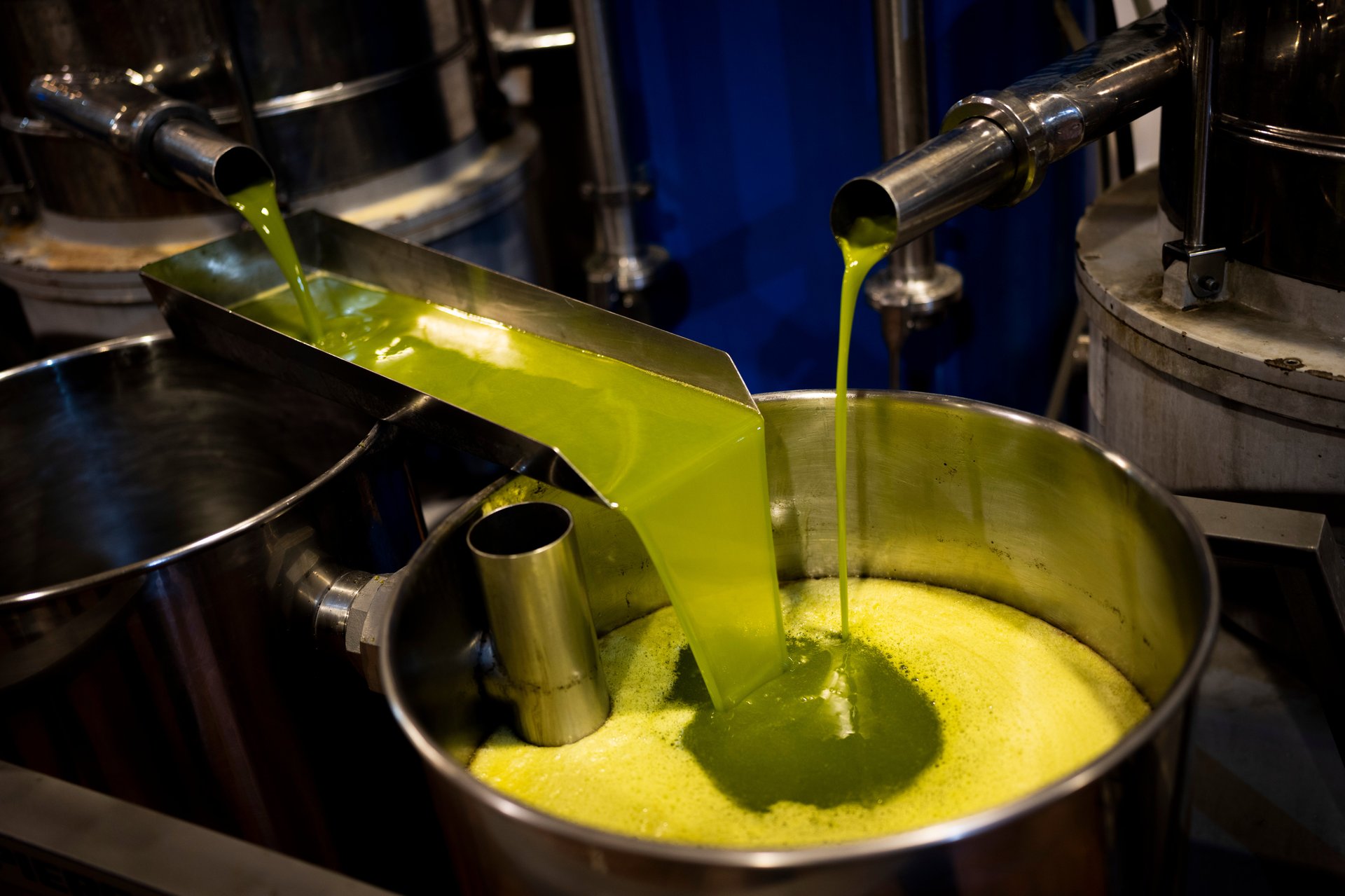Hold the olive oil! Prices of some basic European foodstuffs keep skyrocketing
Olive oil is continuing its staggering rise in prices in Europe

BRUSSELS (AP) — These days, think twice before you lavishly ladle olive oil onto your pasta, salad or crusty bread.
Suggested Reading
Olive oil, a daily staple of Mediterranean cuisine and the life of many a salad throughout Europe, is experiencing a staggering rise in price. It's a prime example of how food still outruns overall inflation in the European Union.
Related Content
Olive oil has increased by about 75% since January 2021, dwarfing overall annual inflation that has already been considered unusually high over the past few years and even stood at 11.5% in October last year. And much of the food inflation has come over the past two years alone.
In Spain, the world's biggest olive oil producer, prices jumped 53% in August compared to the previous year and a massive 115% since August 2021.
Apart from olive oil, “potato prices were also on a staggering rise,” according to EU statistical agency Eurostat. "Since January 2021, prices for potatoes increased by 53% in September 2023.
And if high- and middle-income families can shrug off such increases relatively easily, it becomes an ever increasing burden for poorer families, many of which have been unable to even match an increase of their wages to the overall inflation index.
“By contrast,” said the European Trade Union Confederation, or ETUC, “nominal wages have increased by 11% in the EU,” making sure that gap keeps on increasing.
“Wages are still failing to keep up with the cost of the most basic food stuffs, including for workers in the agriculture sector itself, forcing more and more working people to rely on foodbanks,” said Esther Lynch, the union's general-secretary.
Annual inflation fell sharply to 2.9% in October, its lowest in more than two years, but food inflation still stood at 7.5%.
Grocery prices have risen more sharply in Europe than in other advanced economies — from the U.S. to Japan — driven by higher energy and labor costs and the impact of Russia’s war in Ukraine. That is even though costs for food commodities have fallen for months.
Even if ETUC blames profiteering of big agroindustry in times of crisis, the olive oil sector has faced its own challenges.
In Spain, for example, farmers and experts primarily blame the nearly two-year drought, higher temperatures affecting flowering and inflation affecting fertilizer prices. Spain’s Agriculture Ministry said that it expects olive oil production for the 2023-24 campaign to be nearly 35% down on average production for the past four years.
___
Ciarán Giles contributed to this report from Madrid.